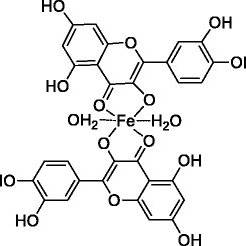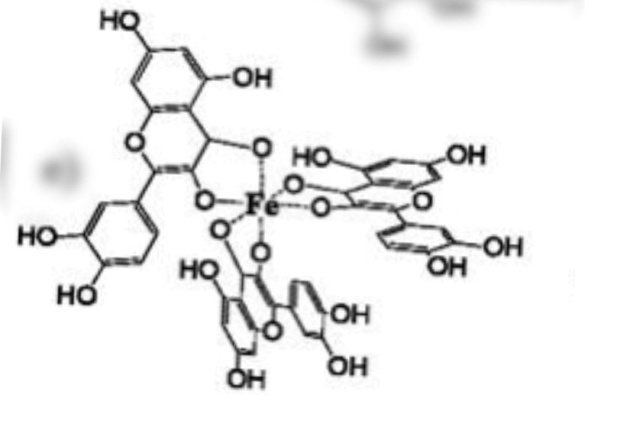Polyphenolic compounds are compounds found within onions, apples, and cranberries. They are known for their antioxidant properties, and some like quercetin are known for their anti-inflammatory properties. Polyphenols discussed include quercetin, rutin, catechin, and cyanidin-3 glucoside. These compounds bind to iron or have antioxidant properties (“Accumulation of Catechin and Proanthocyanidins in Black poplar stems after infection by Plectosphaerella populi: Hormonal regulation, biosynthesis, and Antifungal activity,” 2020). Quercetin is a weak acid and is a poorly soluble aqueous media. On the other hand, catechin is a weak acid, while rutin and cyanidin-3 are strong and weak bases, respectively.
Colonocytes and colonic epithelial cells were used because of their ability to maintain an essential barrier to oxidants tested. Both have the intrinsic ability to increase their resistance to injury through cytoprotective processes. The heat produced during the experiment triggers the cells to increase protein synthesis responsible for maintaining cell integrity. Epithelial cells have select absorption of electrolytes and nutrients during a chemical reaction. Lastly, epithelial cells are found within the gastrointestinal tract ad the cells are used to the bacteria found within the organ and are cell-permeable.
The experiment proving that quercetin is intracellular involves exposing colonocytes to quercetin for 12 hours, then co-culture the solution to iron solution. However, when quercetin is co-cultured first to iron, the quercetin iron would not be able to enter the cell since it would inhibit the uptake of iron, hence becoming extracellular. Quercetine binds with both ferrous iron and ferric iron (“Iron (iii)-quercetin complex: Synthesis, physicochemical characterization, and MRI cell tracking toward potential applications in regenerative medicine,” 2020). Catechin and cyanidin-3-0 do not bind with ferrous and ferric iron.


Reference
Accumulation of Catechin and Proanthocyanidins in Black poplar stems after infection by Plectosphaerella populi: Hormonal regulation, biosynthesis and Antifungal activity. (2020). Frontiers. Web.